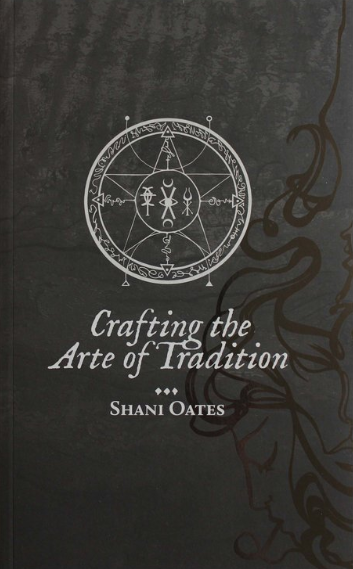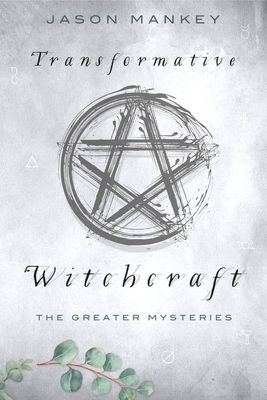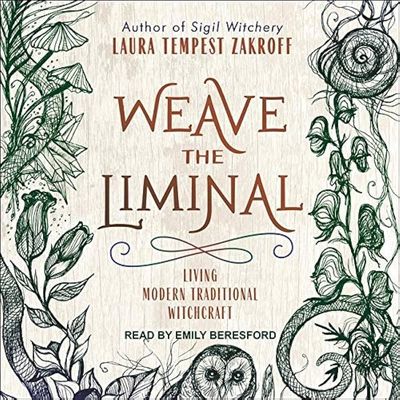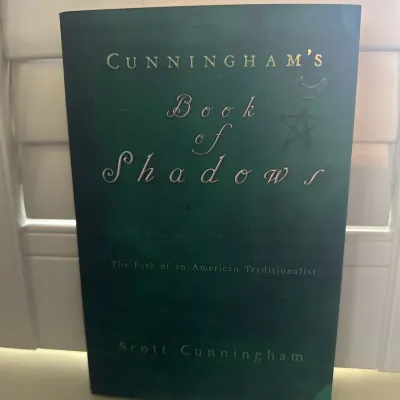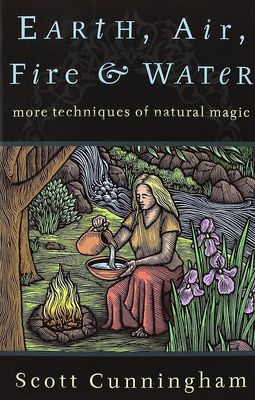Witchcraft supplies and wicca supplies online from one of the USA's BEST pagan stores! WINTER SALE NOW ON! USE COUPON CODE "DARKARTES" FOR 20% OFF SITEWIDE!!!
Crafting the Arte of Tradition
$32.99
NEW!
Anathema Publishing excels in books for the Clan Tubal Cain or the Cochrane's Craft tradition of witchcraft. Shani Oates is the current Maiden. For pagans.
In stock: 3 available
Product Details
UPC: 9780994911162
Brand: Anathema Publishing Ltd.
Tags: books on wicca,books on witchcraft,the craft,wicca,wicca book,witchcraft
Tradition is about Folk Magick and community customs – it thrives as a Faith, both lived and applied in Craft, and realised in Arte. Crafting the Arte of Tradition bares its soul while explaining its engagement of the ‘Other’ found in Wind-walkers, Wights, Covenants and Kings, Ancestors and Fools, Old Gods, Law and Lore, custom and culture, Fate and Magick, Divination and prophecy, tools of Craft and of Trade, and finally, Mysteries and Mysticism.
“To practice genuine magic is to literally throw your life away upon imponderables and half-apparent truths that you know will never become clear until death overtakes all of us. Magic is the rejection of illusion, in favour of what may be a greater illusion still.” —Robert Cochrane
Traditional Craft thrives as an underground stream. Its rejection of dogma generates a mystical path of hermitage and evolution. Its source honours the ‘pagan’ spirit, presenting to every seeker a devotional path that is the magic of the soul. It speaks of spiritual alchemy, masterfully borne in the crafting of matter.
“The ‘Work’ is saturated with true magick; it is profound, practical, and progressive. It is gnostic and Promethean. That is to say, it teaches the individual to hone their faculties of memory and of mindfulness – that is of foresight and hindsight, to know when to pit wit and will against fate, and when not to; how to divine the signs and omens to understand the ways of the gods and how to speak to the dead, so that we can be advised by our ancestors. These tools are not Witchcraft, but they do manufacture the wisdom processes whereby through experience, we eventually learn how to ‘overcome fate;’ we see the web of Wyrd for what it is and the means to become part of it. In this way, we also join the Shadow Company, to guide and accompany the next generation of pilgrims to our Hearth.” —Shani Oates
Crafting the Arte of Tradition explores that which was based in the medieval guilds – the rural traditions claimed by craft heritage. More often than not, the Craft remains composed of select conclaves of Horsemen, Toad-men, and other self-styled variants – all heavily focused on family beliefs and faiths founded upon folklore and folk magic. We explore how Real Craft is centred upon the ‘Family,’ and is the natural repository of hereditary lore passed only between generations: herbal knowledge, place names and origins uses, and local wights amongst many others. These are elements of remnant lore harking back to when each family or ‘house’ represented a particular skill or guild. So diverse are the many artes, and yet so familiar are their foundations; their medium of expression sought common ground.
However, the way in which those ‘guild’ secrets were disclosed called for certain initiatory rites of passage that stemmed from a shared hereditary root which was based in culture and developing tangible craft traditions pertinent to each. Later, when those guilds disintegrated, the rule simply reverted to kin and was preserved within those same hereditary guild families, (now engaged in finding apprentices for slightly different training). Apprenticeships required sponsorship, and only a family member could undertake that role. Toad men, Horsemen, Cunning Folk et al are described within Crafting the Arte of Tradition – not as an intellectual study, but as a lived tradition!
Save this product for later
Crafting the Arte of Tradition
You May Also Like
Display prices in:USD
